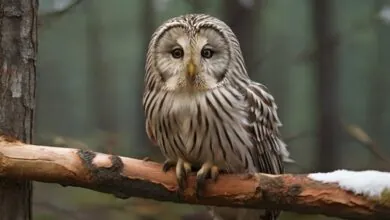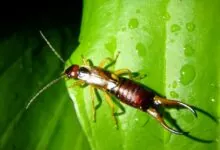Redback Spider Secret: The Significance of the Red Stripe
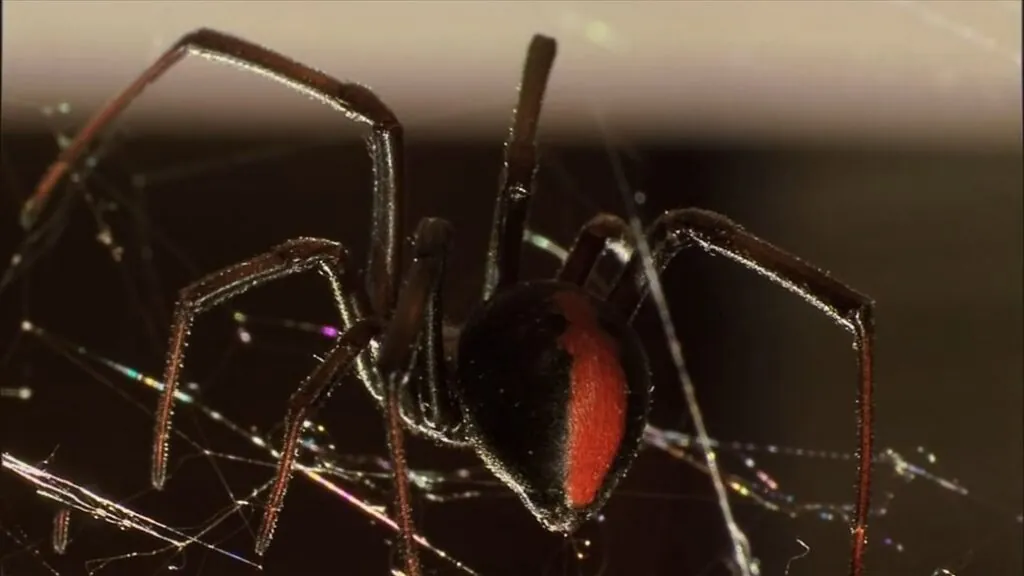
Redback spider, descendant of ancient arachnids and an icon of nature’s uncanny ability to both enthrall and impart caution, weaves more than just sophisticated webs, that is, it weaves tales of tales of adaptability, survival and a hint of danger. On our journey into the realm of this iconic Australian black widow, you’re going to unravel myths, unfold intriguing behaviors and gain newfound respect for a creature that is as mysterious as it’s misconceived. Let’s dig deep and bring the captivating world of redback spider into light.
| Kingdom | Phylum | Class | Order | Family | Genus | Scientific Name |
| Animalia | Arthropoda | Arachnida | aranae | Theridiidae | Latrodectus | Latrodectus hasselti |
Origin and Evolution
Redback spider, Latrodectus hasseltii, stands as one of the emblematic arachnids of Australia, closely related to the renowned black widow spiders of North America.
Evolutionary History
Anchored in ancient arachnid ancestry, the lineage of redback extends back millions of years. Genetic studies propose that approximately 15 million years back in time, its ancestors diverged from other Latrodectus species, possibly thanks to Australia’s diverse ecological changes and geographic isolation.
Geographical Origins
Redback spider, native to Australia, was first recorded in the southwestern regions but has since spread across the entire continent. In the course of time, human doings, such as trade and transport have inadvertently aided its spread even beyond Australia to Southwest Asia and Japan.
Distribution
Primary Habitat
Australia is home to redback spiders. It’s approximated that, in urban areas of Australia, up to 80% of homes may have these spiders present in their vicinity, particularly in outdoor settings, such as sheds and garages.
Global Spread
When it comes to the distribution of redback spider, it’s been introduced to regions outside Australia, such as Southeast Asia, New Zealand and Japan. For example, since its unforeseen introduction in Osaka, Japan in the 1990s, it’s spread to a variety of prefectures.
Population
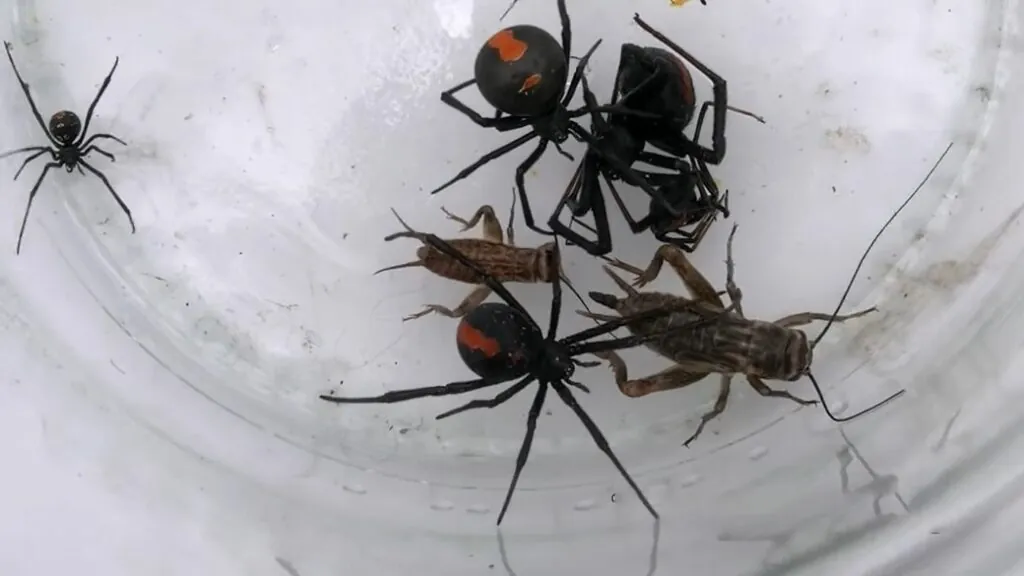
Density in Australia
Albeit precise redback spider’s population numbers are hard to pin down, the frequency of encounters in suburban regions offers a qualitiative measure of their abundance. In certain urban areas, exclusively in the warmer regions of Australia, nearly every home might encounter this creature at some point.
Introduced Regions
The populations, in introduced regions, are still establishing. In places, such as Japan, hundreds to thousands of sightings are documented per year.
Geography
| Continents | Oceania, Europe and Asia |
| Countries | New Zealand, Southeast Asia, Iran and Japan |
| Bio-geographical Realms | Australasia |
| Biome | Urban, suburban, and natural areas |
| Climate Zones | Temperate, arid and tropical |
Habitat
Natural Habitats
These spiders, like a needle in a haystack, find solace in nature’s hidden nooks and crannies. Approximately 70% of their natural habitats are such obscured spots, be it under a sunbaked rock or the cool shade of dense vegetation. As the redback spider silently wove its intricate web among the foliage, the Christmas Island red crab scuttled purposefully along the forest floor.
Urban Adaptation
With respect the habitat of redback spider, in the concrete jungle, they stand tall or perhaps more pertinently, hangs low. Homes, garages, sheds – you name it and there is a good likelihood this creature intricate design embellishes a corner. As per the recent surveys, nearly every household has bumped into this eight-legged architect at least once in warmer parts of Australia. For more insights about the redback spider, its habitat, behavior and venom on the Australian Museum.
Appearance
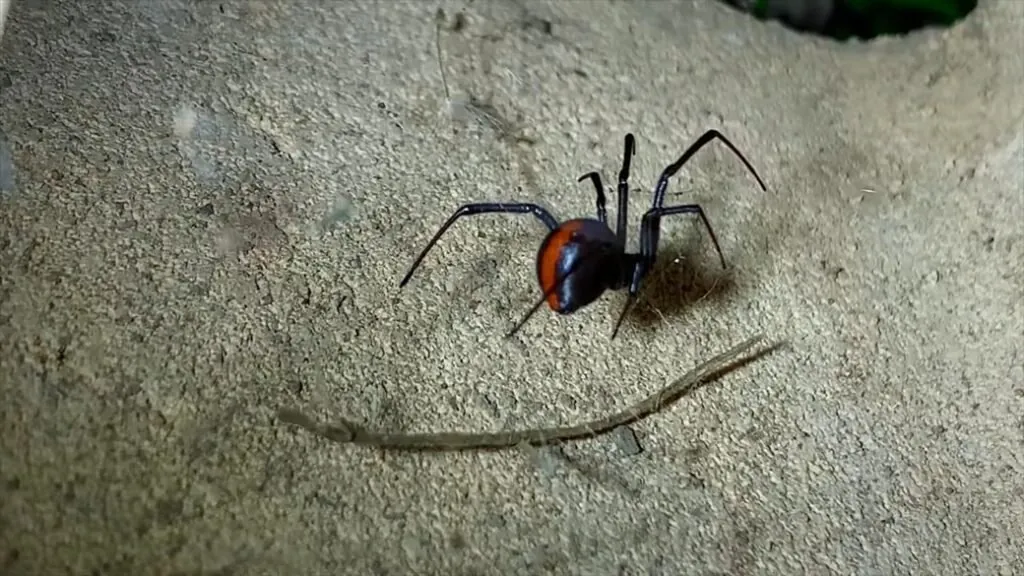
Signature Color
This creature isn’t named whimsically. Donning a glossy black exoskeleton, the fiery red stripe on the abdomen of the females is what outshines the rest of spiders. The very striking marking has earned them the moniker ‘redback’ and serves as a visual caution to would-be predators.
Sexual Dimorphism
In conjunction with their size, the gender gap is hard to miss. While females, boasting a body length of about 10mm, take center stage, their male counterparts play the smaller role, measuring a sole 3 to 4mm. Talk about the ladies casting a long shadow!
Web Design
With respect to appearance of redback spider, it’s not just about the spider itself. The web of this creature is an art form in its own right – a tangled mess to the untrained eye, a masterclass in engineering.
Legs and Movement
Redbacks, with eight slender legs, each meticulously built for both agility and precision, are nimble artists on their canvases.
Venomous Bearing
The notorious venom glands of this red-striped spider are inconspicuous but potent. A bite from this creature, exclusively a mature female, can be a painful affair. The small but noticeable fangs of them are a reminder: beauty can sometimes carry a sting in tits tail.
Anatomy
| Cephalothorax | Front part combining the head and thorax |
| Abdomen | Bulbous rear part with spinnerets |
| Chelicerae | Jaws housing fangs for feeding and venom |
| Pedipalps | Sensory appendages; modified in males for mating |
| Legs | Eight in total, divided into segments |
| Spinnerets | Silk-producing organs at the abdomen’s end |
| Eyes | Typically eight, small and used for basic light detection |
| Book Lungs | Respiratory organs on the underside |
| Epigyne | Reproductive structure in females |
| Tarsal Claws | Gripping structures at the end of legs |
Reproduction and Life Cycles
Romantic Rituals
Redback spider’s mating world is fraught with peril. In a risky dance of passion, males somersault into the female’s jaws in the course of copulation. Though it sounds like a tragic love story, this daring act, in actual, enhances their chances of successful reproduction.
Egg Extravaganza
After this mating ritual, females lay their legacy in silk-wrapped egg sacs. These sacs, most often than not, numbering between 40 to 300 eggs each, are fastidiously crafted and shielded.
Hatchling Hustle
The spiderlings, emerging from the sacs, encounter a world replete with challenges. Notwithstanding the daunting odds, with thousands birthed, some unavoidably locate their way, spinning threads of their own destiny.
Growth Grind
The journey from spiderling to adult is characterized by a series of molts. Shedding their exoskeleton on numerous occasions, they grow, adapt and transform, mirroring the ever-evolving dance of life.
Redback Spider Lifespan
If they dodge the plethora of danger, these creatures’ lifespan can stretch up to 2 to 3 years. Females, reigning supreme once more, typically outlive their male counterparts, making sure the continuation of their lineage.
Mating Habits
| Mating Behavior | Males vibrate female’s web; often consumed post-mating |
| Reproduction Season | Year-round, peak in warmer months |
| Litter Size | Lay between 200 to 300 eggs in one sac |
| Gestation Period | 2-4 weeks for eggs to hatch |
| Baby Carrying | Females guard egg sacs, don’t carry young |
| Independent Age | Immediately post-hatch |
| Baby Name | Spiderling, hatchlings |
Diet and Lifestyle
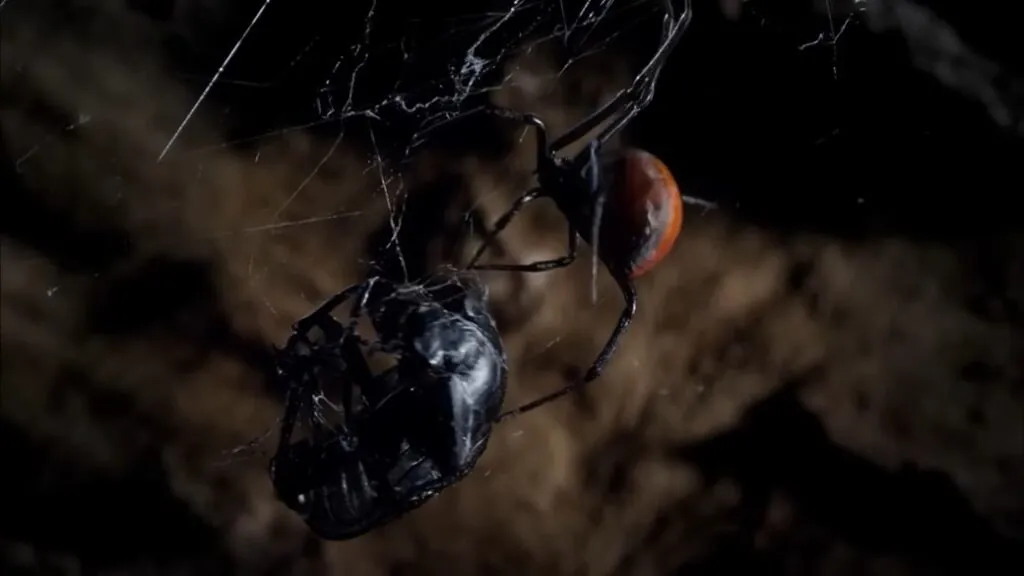
Predatory Prowess
At the center of redback spider’s diet lies its cunning as a predator. Bringing a sit-and-wait strategy into action, they craft sticky traps to make sure unsuspecting prey that venture too close.
Varied Victuals
The menu is diverse; redback, from ants to grasshoppers and even small lizards, isn’t picky. Meticulously wrapped in silk, each catch awaits its destiny as the spider’s next meal.
Lethal Libation
A cocktail made up of potent venom aids in their dining. This toxic brew, delivered through sharp fangs, not only incapacitates the prey but also initiates the digestion process, turning solid meals into slurp-worthy soups.
Solitary Nature
They’re not social butterflies; they lead chiefly solitary lives. Their webs, though close-knit, serve more as individual fortresses than communal hubs. In their otherwise isolated existence, only the call of reproduction brings them momentarily together.
Threats
Habitat Destruction
Agricultural doings and urban expansion have given a rise to shrinking and fragmentation of the natural habits of the spider. This encroachment not only dislocates this creature but also subjects it to risks in human-dominated landscapes.
Climate Change
Changes in weather patterns and rising temperatures can impact the distribution and behavior of the spider, perchance resulting in reduced food accessibility and varied breeding patterns. It’s predicted that shifts thanks to climate change move the species’ range southward by around 200 km over the upcoming 50 years.
Chemical Pollutants
Extensive use of pesticides in agriculture and residential areas poses direct threats to this species. These chemicals aren’t deadly to spiders but also affect the profusion of their prey. Research proposes that certain generally used pesticides can lessen their populations in treated areas by up to 70%.
Conservation Status
Environmentally Friendly Pest Control
Encouraging the use of integrated pest management (IPM) and biopesticides can shrink the harm caused to non-target species, encompassing redback spiders.
Habitat Restoration
There’ve been around 50 major habitat restoration projects over the past two decades particularly targeting areas known to house noteworthy populations of these spiders in Australia. Pot-restoration monitoring has unfolded that within three years of project completion 70% of these projects led to a steady or boasted population of redback spiders.
More often than not, each of these projects reclaimed and restored an area of about 5 to 10 hectares, setting out to build a conducive environment for the spiders and their prey.
A research conducted by the University of Western Australia in 2021 spotlighted the interplay between redback spiders and their prey, proposing that habitat restoration needs to hone in on guaranteeing a varied prey base for these spiders.
Redback Spider Fun Facts
It would, undoubtedly, a great notion to shed some light on the rundown and fun facts of redback – one of the animals that start with R.
| Common Name | Redback Spider |
| Other Name(s) | Australian Black Widow, Kanna-jeri spider, Murra-ngura spider, red-striped spider, Kapara spider, red spot spider, jockey spider, redback widow |
| Number of Species | 1(Latrodectus hasseltii) |
| Population Size | Not explicitly quantified, but they are common in Australia |
| Lifespan | Females: 2-3 years; Males: 6-7 months |
| Weight | Approx. 1 gram (females are generally heavier than males) |
| Length | Females: 10-15mm; Males: 3-4mm |
| Predators | Other spiders, including giant daddy long legs, spider wasps, mantid lacewings |
| Prey | Insects, sometimes smaller snakes, birds, lizards other spiders, including other redback spiders |
| Most Distinctive Feature | The red stripe |

